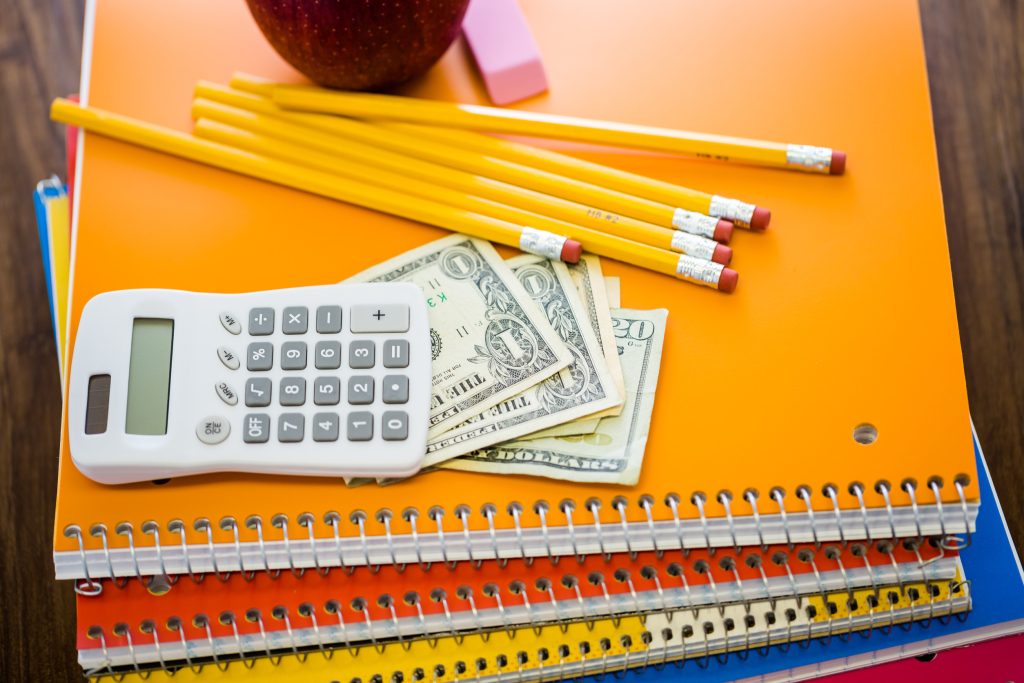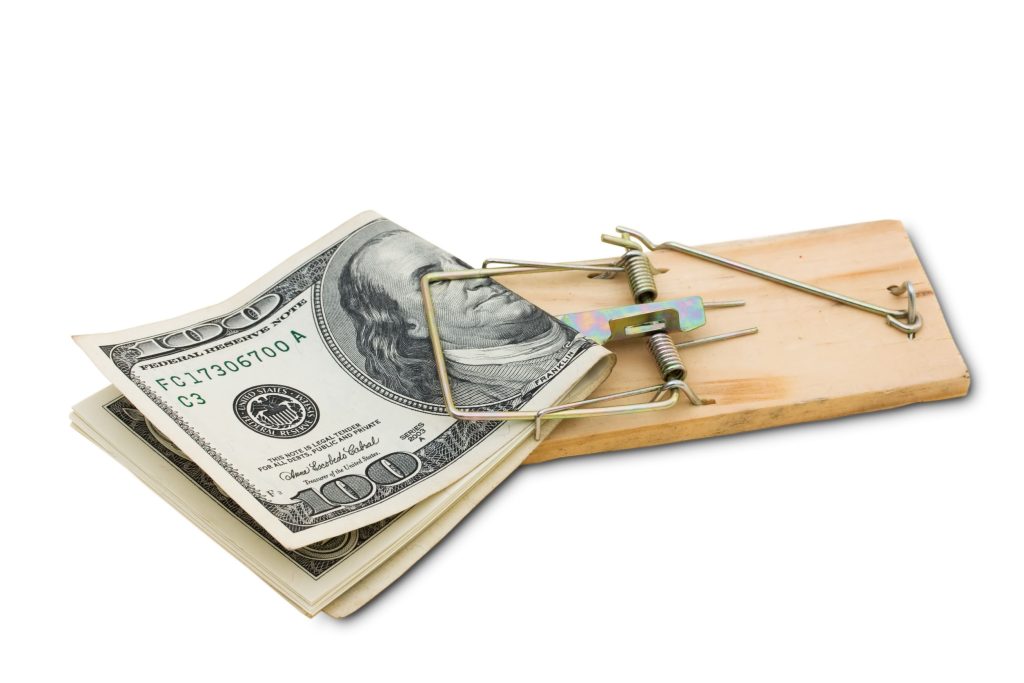Welcoming a new baby into your family is an exciting time filled with love, learning—and yes, lots of spending. But what many families don’t anticipate are the unexpected taxes for new parents that can show up in surprising ways. From hospital bills with hidden surcharges to overlooked tax liabilities related to childcare, the fine print can hit hard when you’re already stretching your budget. While some tax breaks do exist for parents, they’re not always enough to offset the extra costs that sneak up after bringing a baby home. Here’s a closer look at 11 taxes and fees new parents should keep an eye on.
1. Hospital and Delivery Fees with Taxable Add-ons
Even with good insurance, many new parents are shocked to learn that some hospital items—like take-home supplies, private rooms, or pain medications—may be taxed depending on your state. These extras, while necessary, aren’t always categorized as tax-exempt medical care. Go over your itemized bill to look for non-covered services that include sales tax. The delivery may be done, but the charges often keep coming. Knowing what’s taxable can help you plan better for your birth-related costs.
2. Diapers and Baby Supplies
In many states, diapers are not considered a tax-exempt essential item. That means you’ll pay sales tax every time you restock. The same goes for wipes, bottles, and formula in certain locations. These expenses add up fast, especially in the first year when you’re going through several diapers a day. Check if your state offers exemptions on baby products and stock up during tax-free weekends when possible.
3. Out-of-State Online Purchases
Ordering baby gear online? If you buy from a seller in a different state, you might owe use tax, which is similar to sales tax but often overlooked. Many people don’t realize this applies to cribs, strollers, and other big-ticket baby items ordered online. Some states now enforce it more aggressively through income tax filings. That bargain deal could come with a tax surprise if you’re not careful. Always keep receipts and double-check your state’s rules.
4. Childcare Services
While you may be able to deduct some childcare costs using the Child and Dependent Care Credit, the services themselves are not tax-free. Most daycare centers must collect sales tax on registration fees, supply fees, and even tuition in some states. And if you hire a nanny directly, you could become a household employer responsible for employment taxes. Understanding these hidden costs can prevent you from misclassifying your caregiver and getting penalized later.
5. Breast Pumps and Lactation Products
Not all breastfeeding supplies qualify for tax-free medical use. If you buy a breast pump without a prescription or through a non-medical retailer, you may pay sales tax. Storage bags, nursing pads, and accessories are often taxed as personal items unless bundled with a qualifying medical device. The IRS considers some items deductible with an FSA or HSA, but not everything is covered. It’s worth knowing which products are considered medical necessities under your plan.
6. Baby Furniture and Safety Gear
Car seats are often tax-exempt thanks to federal safety programs, but other items like cribs, highchairs, and baby monitors usually are not. You’ll pay standard sales tax on most of your nursery purchases. And if you’re importing products from another country or shipping to a different state, you may face import duties or extra shipping taxes. These one-time purchases can pack a big financial punch when you’re not expecting the added cost.
7. Children’s Clothing
While some states do exempt children’s clothing from sales tax, others do not, or they set caps that don’t apply to higher-end or seasonal items like coats and shoes. Hand-me-downs help, but babies grow quickly and need frequent replacements. Seasonal shopping sprees can catch you off guard if you haven’t accounted for taxes. Watch for state-specific exemptions or sales tax holidays to stretch your clothing budget.
8. Baby Shower Gifts with Added Tax
If you’re registering for baby gifts and friends or family buy items online or from a store that ships across state lines, those items may be taxed differently depending on where they’re sent. This might not impact your wallet directly, but it can affect your registry value. Some online stores charge higher tax rates depending on shipping address. Always compare checkout totals and look for stores offering free tax days or incentives.
9. Social Security and Medicare Taxes on Paid Help
If you pay someone more than a certain threshold annually to watch your child, you may be required to withhold Social Security and Medicare taxes. This includes babysitters, nannies, or even relatives if the arrangement is formal. The IRS treats this as a household employee situation, and skipping the paperwork could result in penalties. This is one of the most overlooked unexpected taxes for new parents who hire in-home help.
10. Petty Travel and Hotel Taxes
Planning a getaway with your new baby? You’ll quickly notice that hotels charge occupancy, tourism, and other local taxes—sometimes adding 10% or more to your bill. That affordable “baby’s first beach trip” can rack up extra costs if you’re not paying attention to local tax policies. Always review total booking fees and check whether children’s items like cribs or rollaway beds come with additional charges.
11. Lost Deductions from Filing Errors
One of the biggest, unexpected taxes for new parents isn’t a fee—it’s a missed opportunity. If you forget to claim your child as a dependent, fail to update your filing status, or overlook credits like the Child Tax Credit, you could lose thousands in refunds. Filing correctly and promptly is essential. Consider using a tax preparer or software with family-focused features to avoid missing out.
Tax Time with a Twist
Having a baby comes with a whole new set of responsibilities—and taxes might not be the first thing on your mind. But those unexpected taxes for new parents can creep in quickly if you’re not watching for them. A little awareness now can save you money, reduce stress, and make sure your growing family stays financially healthy. When in doubt, ask questions and stay proactive with your planning.
Have you been surprised by a tax or fee you didn’t expect after becoming a parent? Share your experience in the comments to help other families avoid the same surprises!
Read More:
How Does Child Support Affect Tax Return?
Overwhelmed? 12 Essential Apps Every New Parent Needs Today
Catherine is a tech-savvy writer who has focused on the personal finance space for more than eight years. She has a Bachelor’s in Information Technology and enjoys showcasing how tech can simplify everyday personal finance tasks like budgeting, spending tracking, and planning for the future. Additionally, she’s explored the ins and outs of the world of side hustles and loves to share what she’s learned along the way. When she’s not working, you can find her relaxing at home in the Pacific Northwest with her two cats or enjoying a cup of coffee at her neighborhood cafe.









